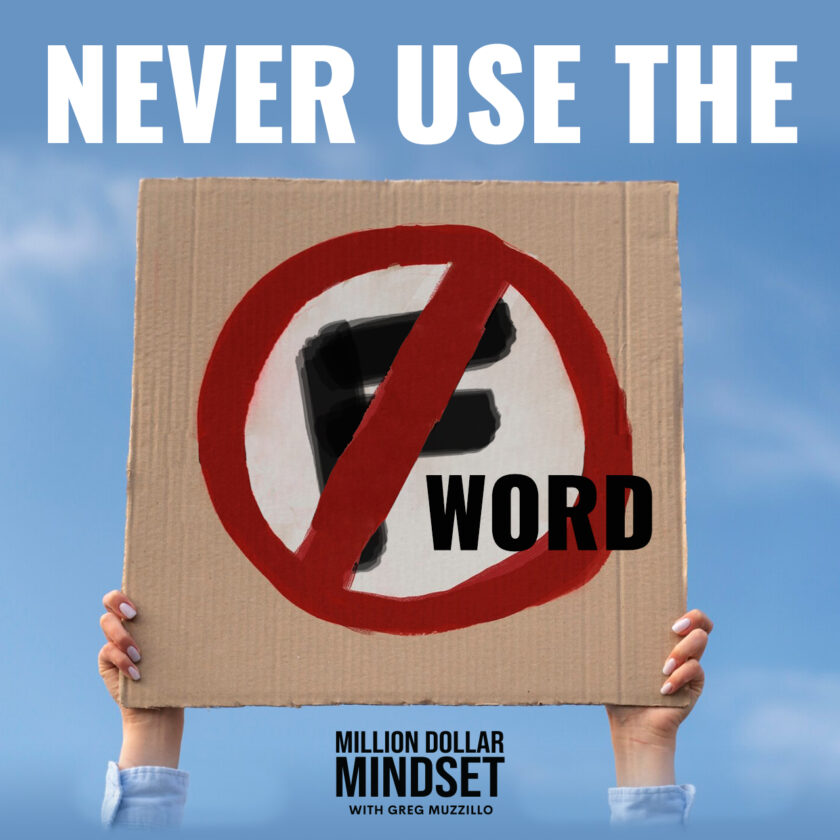It’s not the product itself that provides value, but it is how the recipient uses and perceives it that influences branding and promotional efforts. You can assume that swag is a cheap and expendable marketing tactic, or you can leverage every impression possible and evoke valuable emotions in your customers and clientele by choosing the right products and messaging. From handsome gift sets to a freebie pen, each promotional item has worth when used properly.
Here are a few key ways to play up your recipients’ emotions to achieve a greater connection between audience and brand.
1. Leverage Nostalgia
Remember when Granddad would lean back in his recliner, fill his pipe, pull out the checkerboard and reminisce about the “good ol’ days” of walking to school in the snow barefoot—uphill both ways—with Uncle Joe?
Or, when Mom would sit misty-eyed and flip through photos of your childhood, suddenly wistful for the sleepless nights and days of endless laundry?
Everyone loves nostalgia. Websites, like BuzzFeed, are filled with quizzes testing knowledge of retro TV shows, like “Friends” and “Seinfeld,” as well as articles, like “Toys Only ’90s Children Will Remember” and “Hairstyles We All Definitely Tried in the ’80s.” Whether we admit it or not, we’ve all been drawn into a website or quiz purely for a stroll down memory lane.
Promotional items that bring back that hint of nostalgia harken customers back to the days of their childhoods, and are viewed as more special and unique.
2. Facilitate Sharing
Maybe it’s just the lesson our mothers instilled in us so well in us during childhood, but there’s something about sharing that makes us emotional.
Offer items meant to be shared with someone else. Perhaps your client offers two phone chargers at your promotion booth—one for the end-user and one to be sure he or she stays in touch with a loved one, or two snack bags to get the end-user and a friend through a long day at a conference or event. Sharing allows potential customers to create memories with your promotional products (i.e., great conversations over coffee together) all while building sentimental value in your client’s brand—times two!
For an added kick, create a hashtag for your shared promotion, and ask customers to tweet pictures of them and a friend using their promotional items. If you want to take it to the next level, hold a photo competition and select a winner or two to earn an even bigger prize.
3. Add Personalization
Since its launch in 2011, the Coca-Cola “Share a Coke” campaign has spread like wildfire. Initially starting in Australia, the campaign began when the company printed 150 of the country’s most common names bottles and distributed them.
When personalizing items with names isn’t realistic, try other forms of personalization. There’s a child-like excitement that comes from readily identifying with a product. Internet listicles have tapped into this phenomenon. Articles, like “10 Things Only Those Who Work in Retail Will Understand” or “7 Realities of Being the Baby of the Family” lend an air of exclusivity and leave readers with a sense of community.
If your client is giving away products at a college football game, have the client consider adding the name of the school to the item. Students, alumni and avid fans will gladly use a product promoting their favorite teams. At trade shows, end-buyers can add slogans or sayings specific to their industries, and attendees will be proud to demonstrate their support of the industries or occupations with your clients’ items.
Traditionally, brands opt to display their own logos on promotional products. But that’s one rule that can easily be broken!
4. Commemorate Sentimental Occasions
We all love to reminisce about the special celebratory times in our lives. Weddings, holidays with our loved ones, graduations and births all provide moments cherished by those involved in them. As a result, products used during that time tend to hold special places in our hearts.
If one of your clients is a baby care company, supply a local hospital with branded onesies for all newborns. Even if parents don’t initially interact with your clients’ products, a small gift from this precious moment in their lives will garner a favorable view of the end-buyer.
Do you have an end-buyer in a tourist town? If so, you might propose that client offer visitors a small keepsake, like a magnet, picture frame or bottle opener. Not only will that client provide an excellent item, but the end-buyer is also associating its brand with the good times had there.
Your goal is to tap into the positive emotional responses that are attached to events or times of the year.
5. Choose a Winner
What did you appreciate more: the hand-me-down car your dad loaned you or the clunker first car you bought with your hard-earned cash?
Most people tend to prize that “value priced,” slightly dinged gas guzzler far more than their dad’s leather interior loaner. Why? Because you had to work and earn your own car, while the loaner was simply given to you. People tend to experience a stronger emotional connection to something that is earned versus something that is given away.
Create a way for potential end-users to win your promotional items. Set up a prize wheel, have them sink a goal in a small basket, or make them correctly answer a trivia question to earn a piece of swag. Making people work for a promotional item drastically increases the perceived value that they place on it.
Tapping into your end-users’ emotions through your client’s marketing message is of vital importance. After identifying the potential audience, consider the emotional triggers that can connect to the brand’s message. The end-buyer’s marketing campaign should attempt to accomplish two goals: Make the end-user feel at the emotional level and, most importantly, make him or her act on that feeling.



